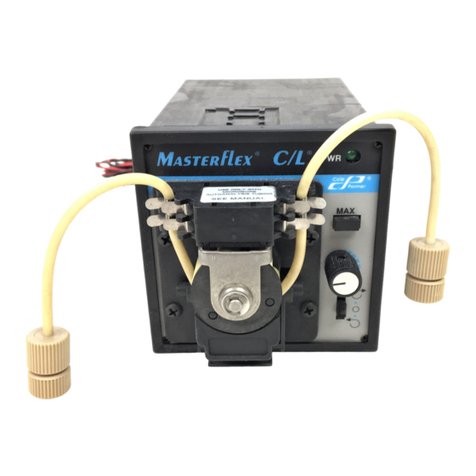Fultz Pumps SP-400 User manual














Table of contents
Popular Water Pump manuals by other brands
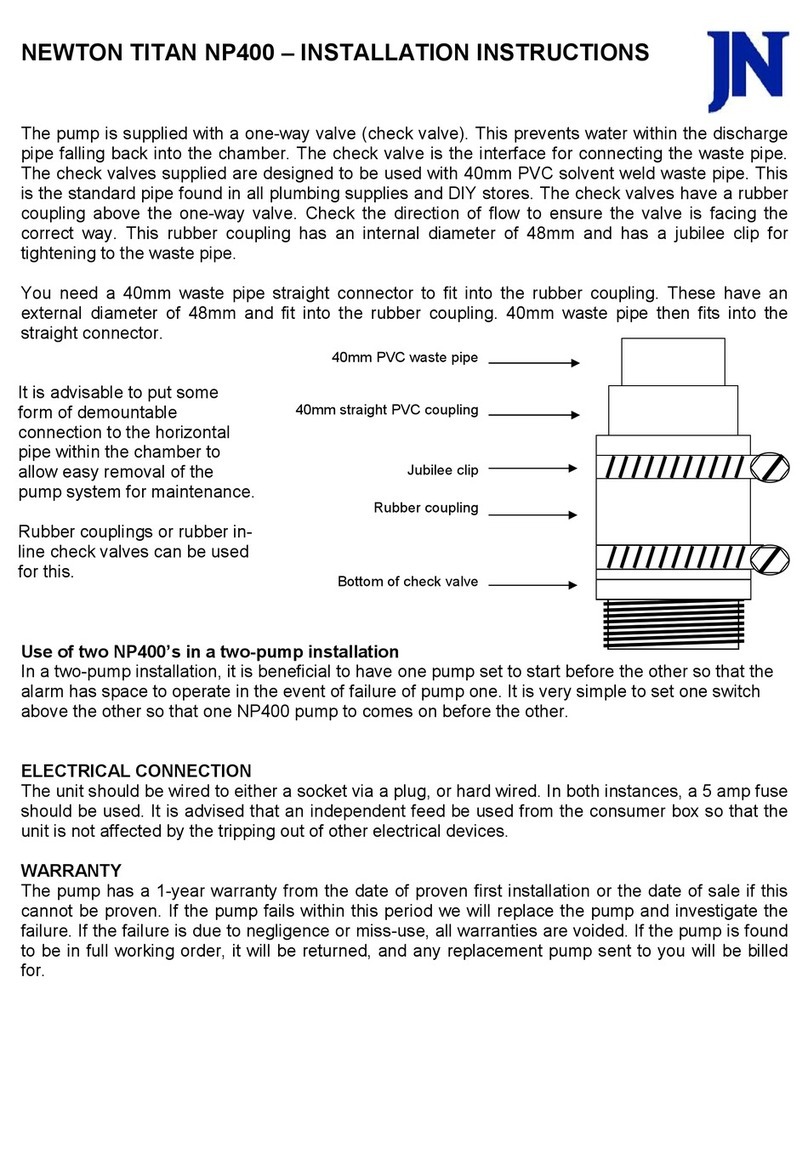
Newton
Newton Titan NP400 installation instructions

Pfeiffer Vacuum
Pfeiffer Vacuum OnTool Booster 150 operating instructions
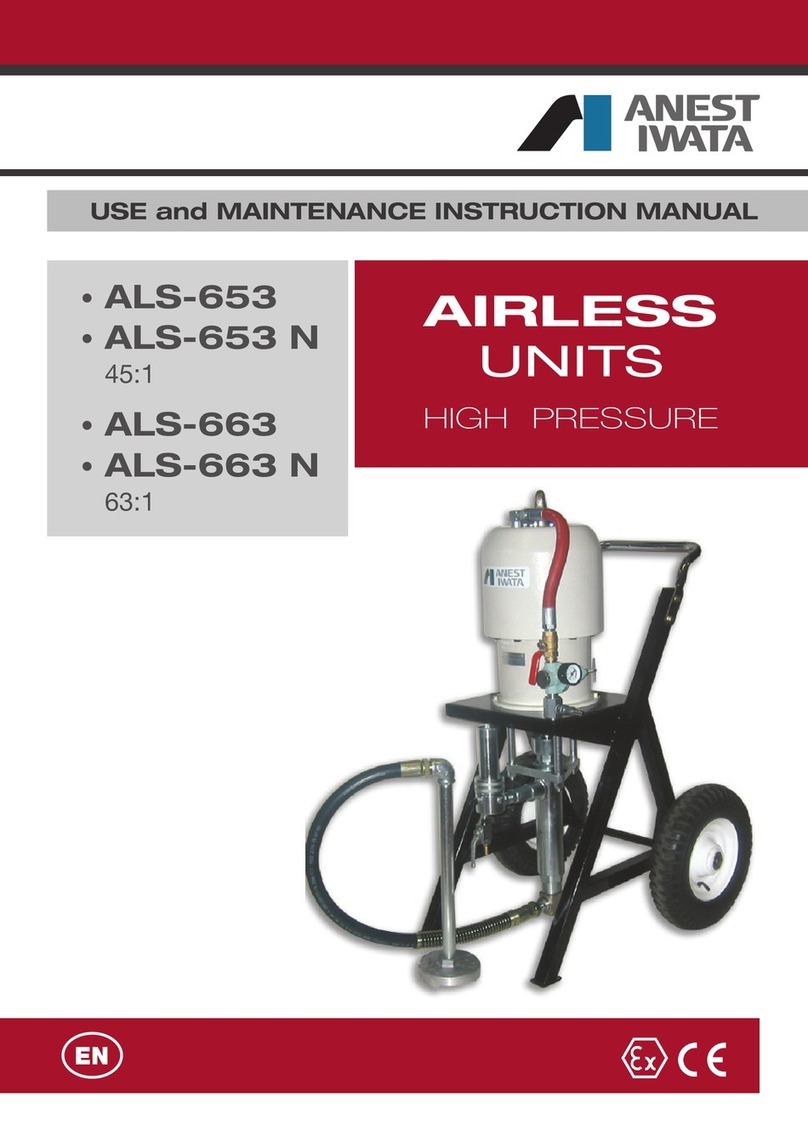
Anest Iwata
Anest Iwata ALS-653 Use and maintenance instruction manual

GORMAN-RUPP PUMPS
GORMAN-RUPP PUMPS PAH8A65-C9 Installation, operation, and maintenance manual with parts list

LEYBOLD
LEYBOLD SOGEVAC SV160B operating instructions

Liberty Pumps
Liberty Pumps SumpJet SJ10 installation manual
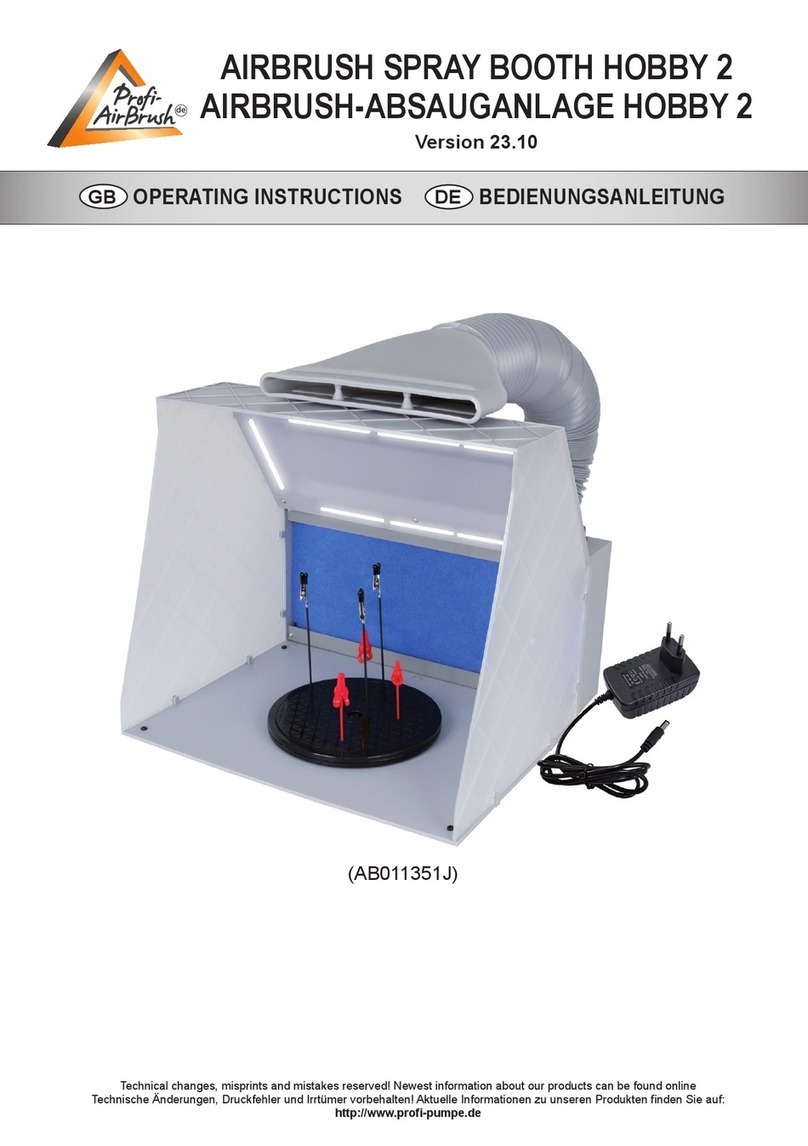
Profi-pumpe
Profi-pumpe Profi AirBrush HOBBY 2 operating instructions

ITT
ITT GOULDS PUMPS 3408 Installation, operation and maintenance manual
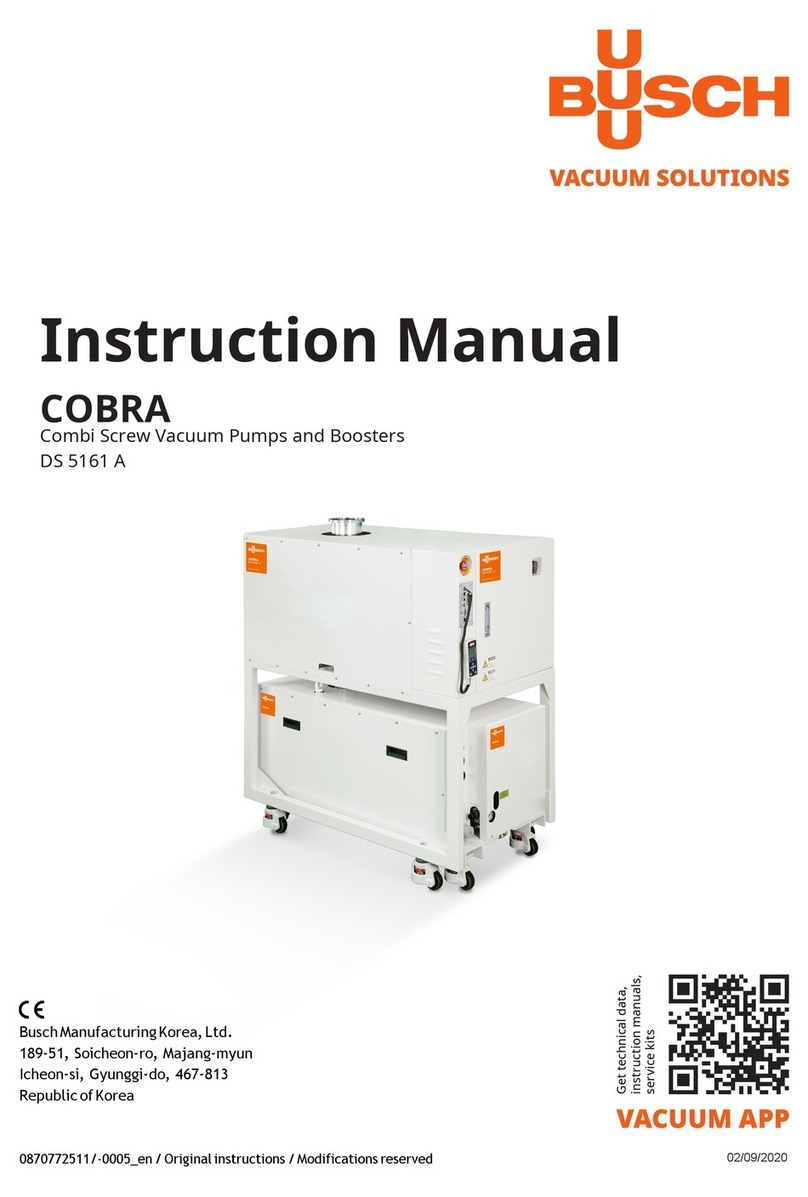
BUSCH
BUSCH COBRA DS 5161 A instruction manual

MULTIQUIP
MULTIQUIP ST-45HRM Operations & parts manual
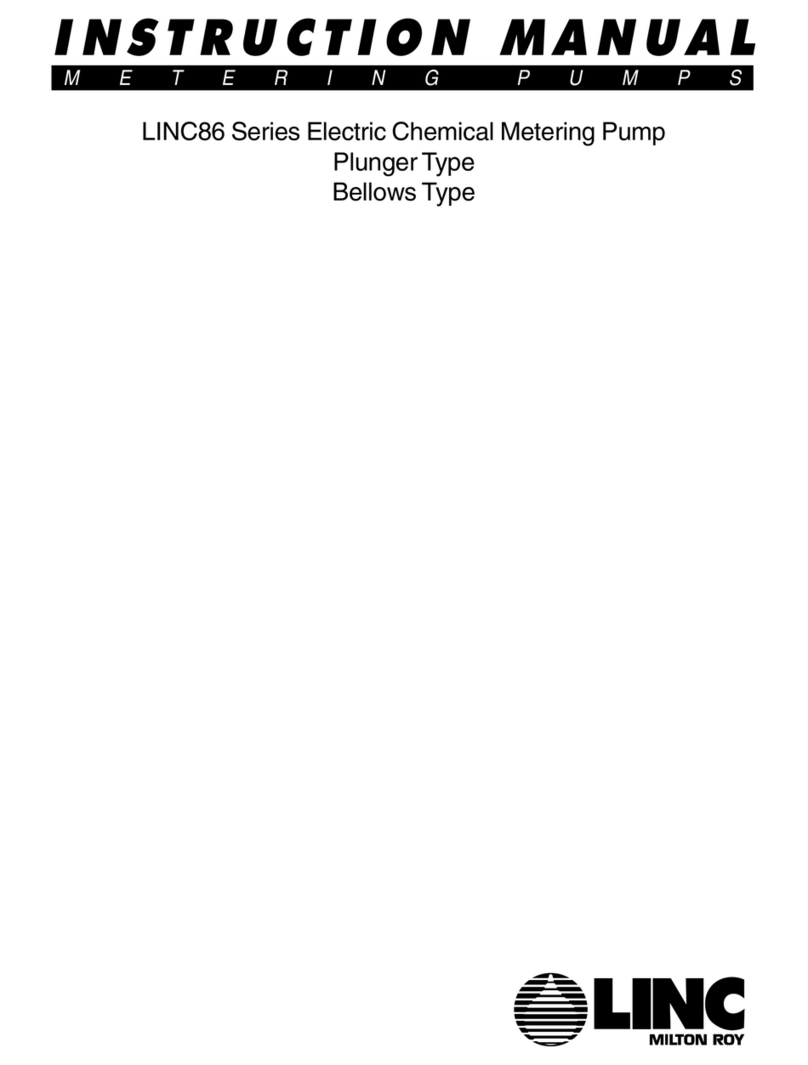
LINC milton roy
LINC milton roy LINC86 Series instruction manual

Goulds Pumps
Goulds Pumps 3420 Installation, operation and maintenance manual





